|
Interview by: Kirstie Myvett What inspired you to write King Sejong Invents an Alphabet? I first heard about King Sejong and how he invented the Korean alphabet (Hangeul) from my father. In 2013, the year after my mother passed away, my father announced to me and my brother that he wanted to visit Korea. This was rather surprising because my father 1.) does not enjoy traveling and 2.) he had never been back to Korea after moving to the US in the 1950s. While discussing the trip, my father told me he could only read and write Hangeul at about a 3rd grade level. I was so puzzled by this, and it was then he told me about the history of Hangeul. Although King Sejong invented it in 1443, it took 600 years for it to be adopted as Korea’s official alphabet--in 1946. At that point, my father was 18 years old! Up until that time, my father had lived in Korea under the Japanese occupation. So his education was conducted in Japanese. He didn’t grow up using Hangeul. When he told me about King Sejong and Hangeul, I wasn’t seriously trying to write for children at the time. But I remember immediately thinking, “This would make a great children’s book!” Not only is the story of Hangeul fascinating, it is a story that directly affects my family. I love that there is this direct connection between my father and King Sejong. How do you tackle research on a person and subject matter from the 15th century? Admittedly this can be a huge challenge! One of the great things about writing about a king is that someone recorded everything King Sejong did, said, or wrote. So there are a lot of written records about him. I personally don’t read, write, or speak Korean (the irony, I know!) so I could not rely on sources written in Korean. But fortunately for me, many people wrote about and studied King Sejong, so there are many books and scholarly articles about him and Hangeul. I live in Austin, home to the University of Texas, which was a huge help. I was able to use their library which had many fantastic resources. Museums and universities in Korea were also a source of information, and many resources were online and in English. I am pretty sure if King Sejong were not such a major historical figure, it would have been quite a challenge to find enough good sources to write a purely nonfiction book about him. If I had run into trouble, I could have tried writing an informational fiction book, which allows you to take more liberties. How long did it take you to write this book? There are a couple of ways I could answer this question. During our trip to Korea, I was on the lookout for information about King Sejong. I found one wonderful book at a museum that they were actually giving out for free! It was part of a program to expand cultural awareness of Korea, and the book was all about King Sejong. I did a little more research after we returned home. And then I sat on my research for years. When I finally decided to seriously try to write and publish a children’s book, one of the things I did was take a course on picture book writing with the Children’s Book Academy (which I recommend!). In the course, we were encouraged to write story pitches, and get feedback on them. I had a draft of another book I was working on at the time. But when I pitched the story of King Sejong and Hangeul, many people told me: ”that’s the story you should write!” I knew they were correct--but it meant digging into more research and trying to draft a story in just a few weeks. But I did it! I was also able to get feedback from my mentor at that time, Katey Howes. I also got a paid critique. At the end of the course, we had an opportunity to pitch our stories to a group of editors and agents. Two editors were interested in the story, and asked for the full manuscript. So then I really had to buckle down and get it polished. Altogether it took me about three months to write the manuscript and get it ready for submission. You included a story from King Sejong’s childhood that many children today would probably find unimaginable and funny. How important was it for you to link a childhood story in a book primarily about his adult years and accomplishments? I think if you can include scenes from your main character’s childhood, it makes for a stronger children’s book. Young readers can relate to the character better, because they often forget that grown-ups were once kids just like them! I think it can also help kids imagine how they could grow up to be like the main adult character. In the case of King Sejong, I also wanted to show how he was a lover of books during his own childhood. This trait stayed with him throughout his life, and may have contributed to his deep desire to make reading available to everyone. The illustrations are beautiful and really depict the character’s emotions throughout the book. Tell us about working with illustrator Cindy Kang? Did you provide any images you discovered during your research? As is often the case with many publishers, I didn't have any involvement in the illustrator selection process. So I was thrilled when they told me they had found Cindy Kang, and that she had agreed to illustrate the book. I felt Cindy’s illustration style fit well with my vision for the book. Plus, Cindy is also Korean, which I believed would be very helpful for ensuring the accuracy of the illustrations. My editor did consult with me on some illustration decisions, such as the cover, which I appreciated. I think with some publishers, the authors don’t really see the illustrations until the final stages. But my editor shared drafts of Cindy’s work with me, and I was always so pleased with how she chose to depict the different scenes. I didn’t really need to help with any of the research for the illustrations--which I was actually kind of relieved about! What do you hope children learn or take away from King Sejong Invents an Alphabet? I think it would be hard for kids to imagine what it would be like to not have access to reading at all. And not only them, but their entire family, and even all of their neighbors. Reading is such a gift and I hope this story helps them reflect on how wonderful it is that books can be such a big part of their lives. I also hope children can be inspired by King Sejong and how compassionate he was. As a king, he had so much power, and he chose to use that power for the good of all. What are you working on next? In addition to KING SEJONG, I have been very busy this year writing books for the educational market. I love writing educational books, and a lot of opportunities came my way, and I kept saying “yes!” As a result, I wrote about 10 books in the last twelve months--which kept me pretty busy! I’m finishing up the last of these books. After that I am eager to start working on some story ideas that have been brewing in my mind for quite awhile. At the top of my list are a couple of nonfiction picture books--so stay tuned! Carol Kim believes books and words have a magical ability to change the world for the better, and she writes for children with the hope of spreading some of that magic. She is the author of the picture book biography, King Sejong Invents an Alphabet as well as 20 fiction and nonfiction books for the educational market. Carol relishes unearthing real-life stories and little-known facts to share with young readers. She lives in Austin, Texas with her family. If you’d like to learn more about Carol Kim please visit her social media links below! Website: CarolKimBooks.com MakeaLivinginKidlit.com (for those interested in writing kidlit and making a career of it)Twitter: CKimWrite4Kids Instagram: CKimWrite4Kids TikTok: CKimWrite4Kids Comment on the blog for a chance to win a copy of King Sejong Invents An Alphabet!
We are happy to reveal the cover of KidLit in Color author Kaitlyn Wells's new picture book, A Family Looks Like Love, which will be published on May 31, 2022 by Penguin Random House. Fellow KidLit in Color author Lisa Stringfellow interviewed Kaitlyn about her book. Lisa: What were your thoughts when you first saw the cover? Kaitlyn: First, all credit goes to my wonderful illustrator, Sawyer Cloud, who did a beautiful job honoring my vision for this book. She breathed life into these characters and imbued warmth and love from the very first page. As for the cover itself, I couldn’t ask for anything more. It’s simplistic and refined. By focusing on the characters sans a distracting background, the reader is subconsciously reminded that love—that invisible yet tangible element—is all around. Even if you can’t see love, you feel its presence when you’re surrounded by those who care the most about you. Lisa: What would you like everyone to know about A Family Looks Like Love? Kaitlyn: I wrote A Family Looks Like Love from the broken pieces of my heart. It wasn’t easy discussing race as a biracial kid who grew up surrounded by people who “don’t see color” or only see color. Sometimes I felt like I had to accept other people’s assumptions about who I was and who my family should be. I felt silenced in order to make room for the louder (and fallacious) voices in the room. And when I did speak up, it hardly led to acceptance. On easier days, people assumed I was lying when I pointed to the white woman in the room as my mother. On harder days, my extended family decided it wasn’t worth knowing their Black relatives, and refused to shake my hand in greeting. And as a little girl, I found myself looking for ways to fit into the mold these people told me I needed to be in to gain their acceptance. It’s taken a long time to realize I didn’t do anything wrong—their shortsightedness was the toxicity destroying my self esteem. Still, no one should have to go through that experience. A Family Looks Like Love reminds every young reader (and even young readers at heart) that what other people say about who you are and who your family should be is irrelevant. The only perspective that matters is your own. And it’s normal (and amazing!) for no two families to look exactly the same. I learned these lessons and more from my parents and friends who reminded me that love transcends skin color (or, in this case, fur color). I hope anyone who picks up A Family Looks Like Love feels empowered to shed any notions of self-hate, and embrace only the goodness that surrounds them. Lisa: If a bookseller were hand-selling A Family Looks Like Love, what might they say to a potential reader? Kaitlyn: A Family Looks Like Love is a heartwarming tale about a young pup who looks different from her doggy siblings, and has to work through her own feelings with inadequacy when other animals in the neighborhood doubt her legitimacy because of her appearance. A Family Looks Like Love reminds everyone that there’s more than one way for a family to look, and the more diversity, the better. While the inspiration for this book was based on the author’s experiences growing up mixed race, the message is meant for anyone who’s been told their family isn’t their own. All are welcomed and loved, no matter if your household includes adopted kids, multiracial parents, a single dad, two moms, multiple generations, non-traditional members—or all of the above! And here is our cover reveal! Lisa: Kaitlyn, please finish the following sentence starters: Sutton Button… looks like my own little dog named Sutton, who doesn’t resemble her littermates either! Genetics, even in the doggy kingdom, can be wild! Did you know… the flowering tree in the story is an apple tree? Families are… beautiful, no matter what they look like. Family is the home you can always return to; the journal that knows your most embarrassing secrets; the light on your darkest days; and the heart that always beats for you. You should have asked me…what I’m writing next! I have so many stories inside of me, especially stories full of joy. I’m working on picture books about a Black viral immunologist who saves the world (true story!), a sassy cat (hey, my cat Tanzie needs her own book too!), and a little girl just hoping to make her mother smile on one of her darkest days. I just hope I get to see these books in readers’ hands one day! Lisa: Kaitlyn, thank you so much for sharing your cover on our blog today. Is there anything else you'd like to add? Kaitlyn: I’d love to stay in touch with readers. People can join my mailing list, and connect with me on social media. Lisa: Thank you again, Kaitlyn! Kaitlyn Wells is an award-winning journalist whose work has been featured in The New York Times, The Wall Street Journal, and The Washington Post, among others. Her commentary on diverse literature can be found in The New York Times Book Review, BookPage, and Diverse Kids Books. Bring her chocolate or ask about her pets to become fast friends. A Family Looks Like Love is her debut children’s book. She lives in New York City with her wonderful husband, rambunctious dog, and demanding cat.
You can learn more about Kaitlyn at https://kaitwells.com. Follow her on Facebook, Instagram, Twitter, TikTok and sign up for her newsletter. KidLit in Color author Tonya Abari interviewed author Anne Wynter about her new picture book, Everybody in the Red Brick Building, illustrated by Oge Mora. Tonya: What inspired you to write the story Everybody in the Red Brick Building? Anne: I grew up in a house, but I spent most of my adulthood in apartments. So I was always noticing the unique aspects of apartment living - especially the relationships between apartment neighbors. For a long time, I tried to write about that theme in a full-length play for adults. I loved the idea but my scripts kept falling flat. Once I started trying to write picture books, Everybody in the Red Brick Building was the second manuscript I wrote. The writing process was relatively quick, probably because I had spent so much time thinking about these themes and working through plot possibilities. It turned out to be a much better fit in a picture book. Tonya: This picture book is rich with onomatopoeia. Can you explain your process for selecting which middle-of-the-night sounds to use for this book? Anne: This was one of the hardest parts. I tried to pick onomatopoeia that was a little truer to the actual sound - in the way that a “woof” is usually closer to the sound a dog makes than a “bark.” I also wanted to make sure the sounds didn’t have too many similarities when it came to assonance and consonance. This was challenging because, for the quiet sounds, it was tempting to use multiple sounds with “shhh,” so I had to play around a lot to make sure the text had enough variety. And I took several nighttime walks for inspiration! Tonya: You captured such an intricate moment (waking up and going back to sleep in the middle of the night) so beautifully. Regarding this manuscript, does art imitate life? Anne: Thank you! And yes, definitely. I wrote this when I had an infant and a toddler, and there was a lot of waking up in the middle of the night. When each of my kids were babies I would think about the person on the other side of the wall in the apartment building. I’m sure they could hear the baby crying - and I always crossed my fingers that they were heavy sleepers or were able to fall back to sleep fairly easily. I think about sleep a lot because it’s one of my favorite activities! Tonya: What advice would you give to a new picture book writer who is mining their world for smaller moments to write about? Anne: If there’s something that really captures your attention or imagination, make note of that and don’t automatically dismiss it because it seems too silly, strange or trivial. If you’re around kids, notice what fascinates them. Kids are wonderful at picking up on the smallest details and moments. Tonya: Oge Mora’s collage-style illustrations really compliment your words perfectly . Tell us about the author/illustration process for this book – working with Oge Mora. Anne: I didn’t work directly with Oge for most of the process, and we only (virtually) met and communicated after the final artwork was done. Getting to talk with her, pick up on her energy (she’s a great presenter and speaker) and receive practical tips from her - it has been inspiring and invaluable. Tonya: Many authors have said that their debut picture books are the ones they least expected to be published first. As a debut picture book author, was this the manuscript that you expected to debut first? Anne: When I sent out Everybody in the Red Brick Building to agents, I only had one other picture book manuscript, and I knew Everybody in the Red Brick Building was the stronger one. So if my querying process was successful, I expected that one to be my debut. But I have to say, I had practically zero expectations for this manuscript. I was hopeful, of course, but after years of submitting for short story and playwriting opportunities, I learned not to expect anything. So getting an agent and a book deal was a wonderful and surprising ride! Tonya: We all know that publishing is very top secret, but can you give us the scoop – or at least a subtle hint – on what you’re working on next? Anne: I have two board books coming out in January - One Big Day and Hands On! - both illustrated by Alea Marley. After that is Nell Plants a Tree, a picture book illustrated by Daniel Miyares that’s scheduled for 2023. I have two more unannounced picture books coming out (I’ll give you one hint about the first one - it has to do with Texas) and I’m also working on chapter books - which feels a bit scary because it’s new to me. But I’m having a lot of fun. Originally from Houston, Anne is an author and playwright who currently lives in Austin, TX with her husband, her two children, and her cat. Her debut picture book, Everybody in the Red Brick Building, is illustrated by Oge Mora and will be published on October 19, 2021 by Balzer + Bray, an imprint of HarperCollins. She also has two board books coming out in January 2022 - One Big Day and Hands On!, both illustrated by Alea Marley - and a picture book that will be published in Winter 2023 - Nell Plants a Tree, illustrated by Daniel Miyares.
To learn more or say hi, follow Anne on Instagram (@anne_wynter) or visit annewynter.com. |
Archives
July 2024
Categories
All
|
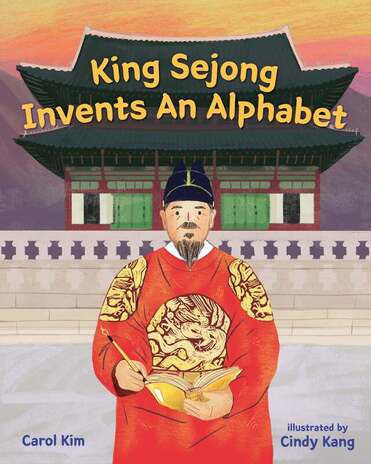
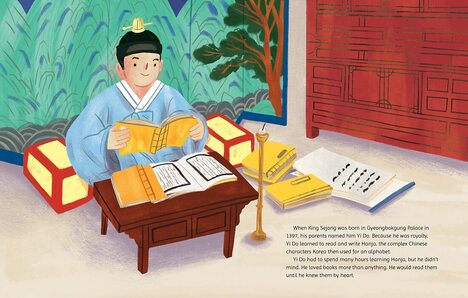
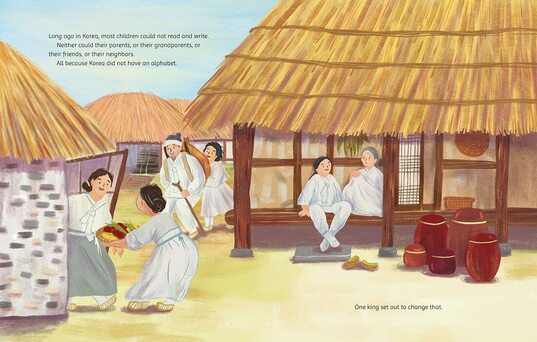
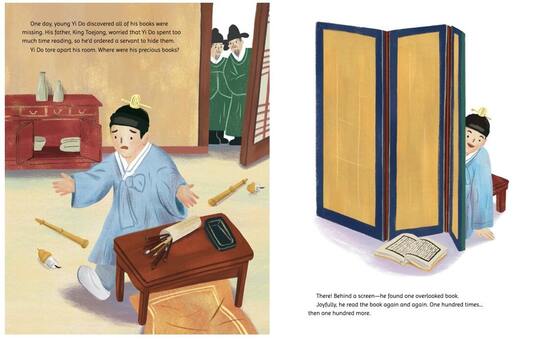
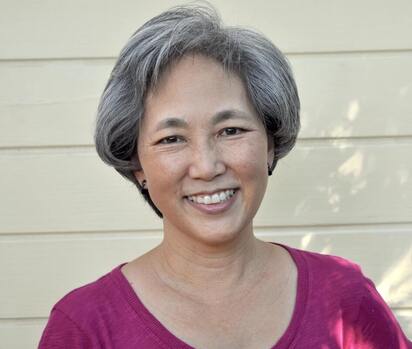
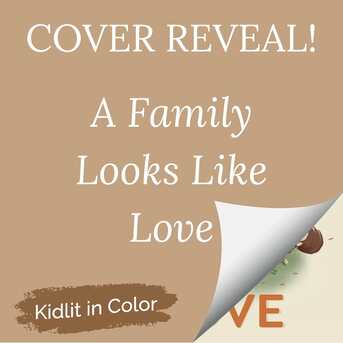
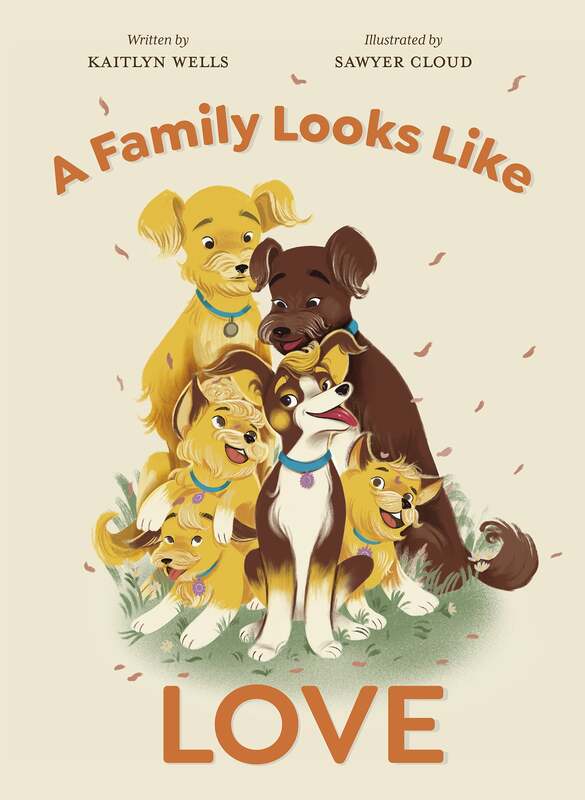

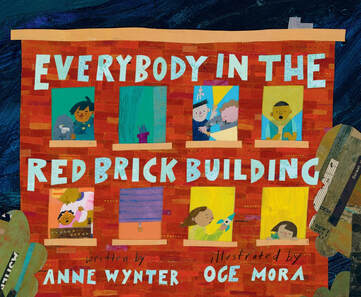

 RSS Feed
RSS Feed



